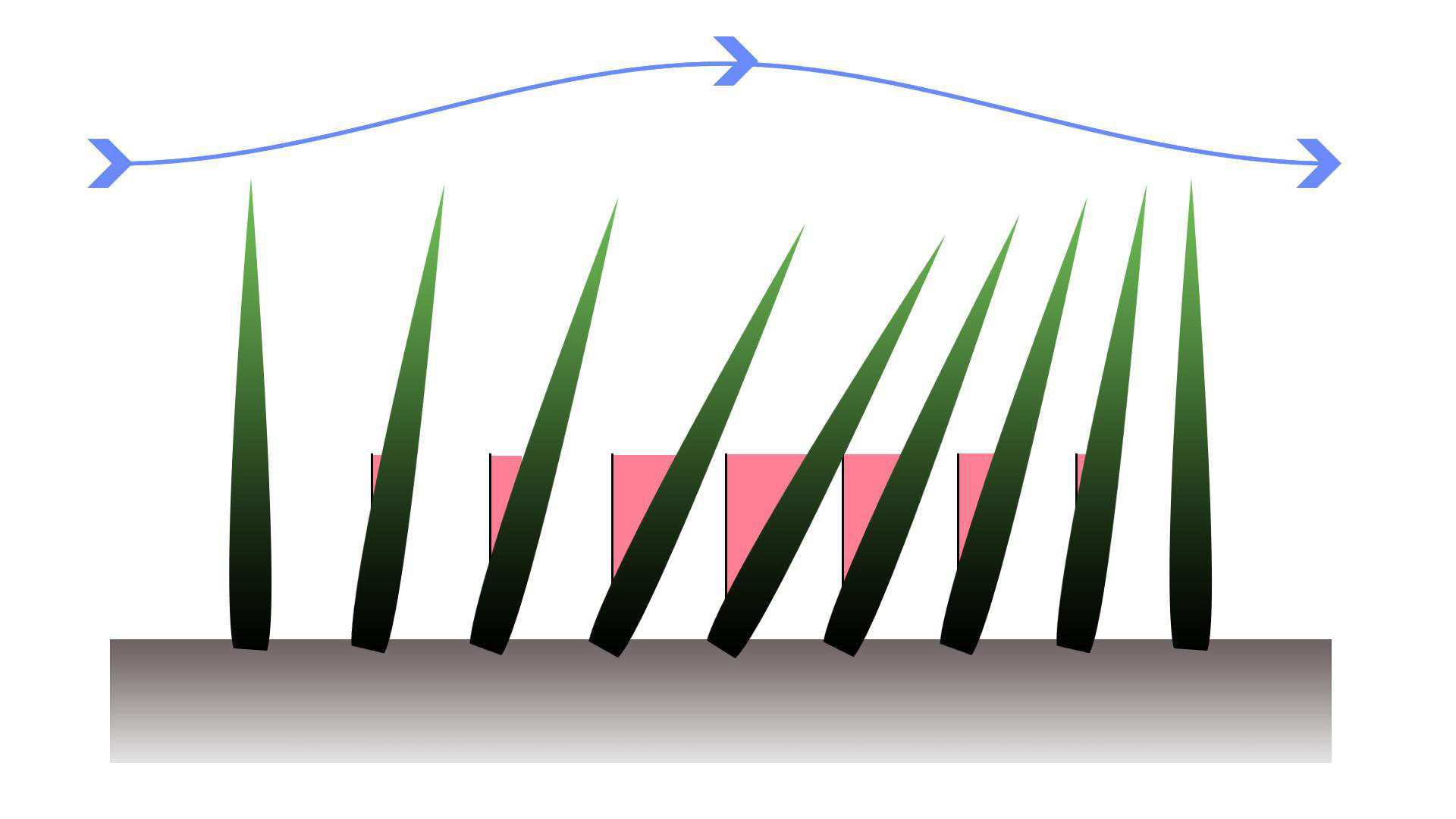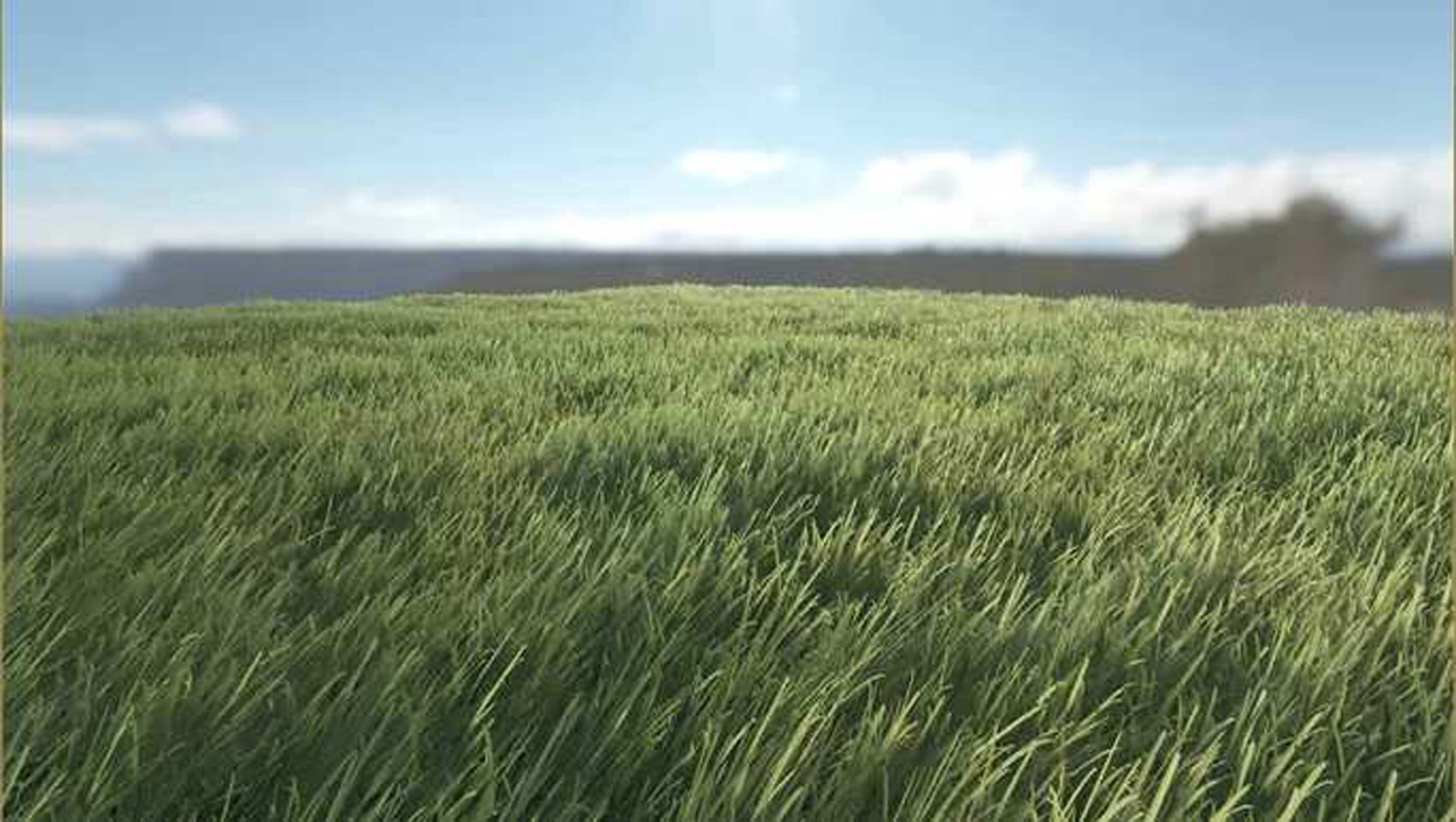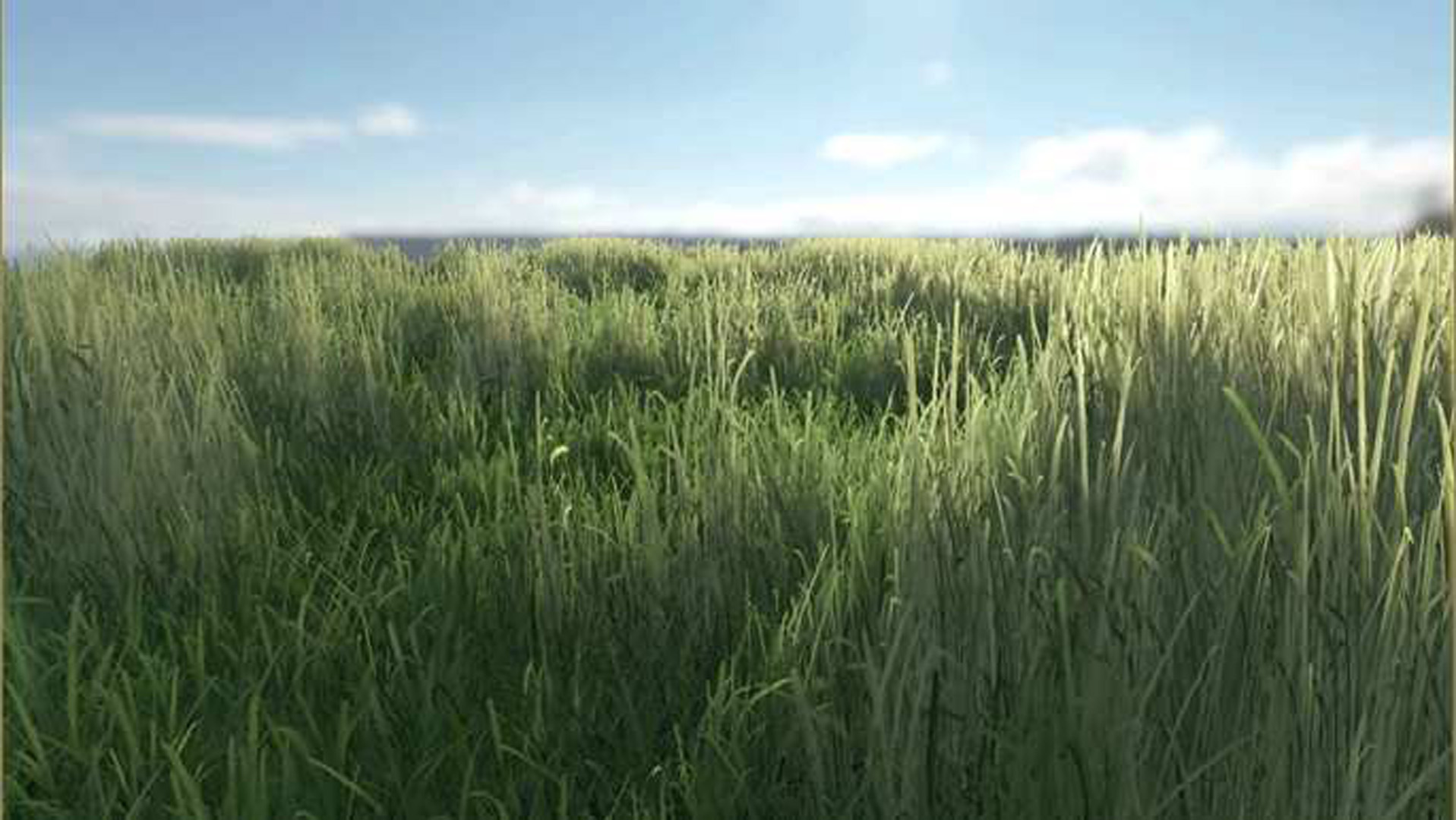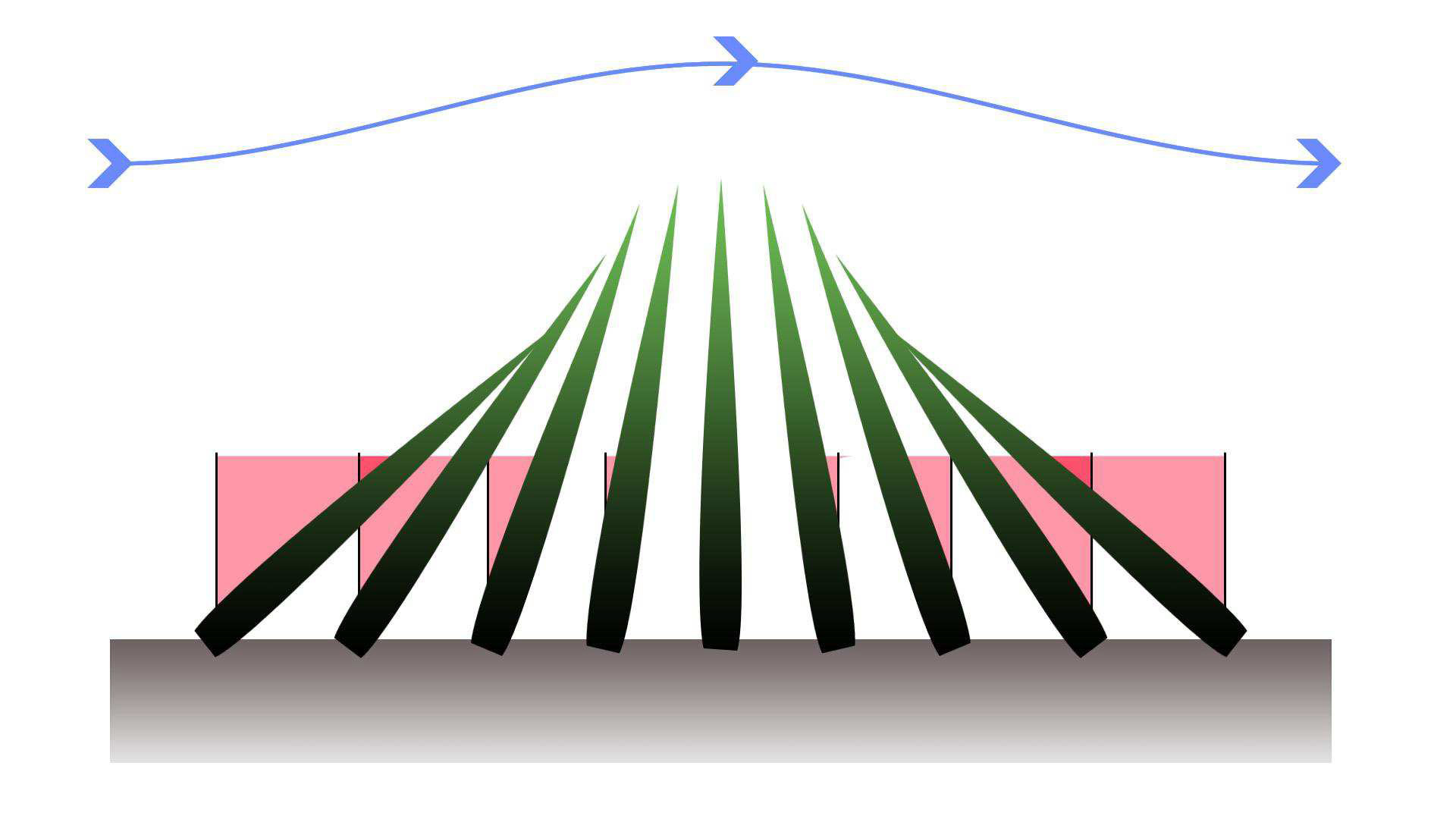“Increasing realism of animated grass in real-time game environments” by Knowles and Fryazinov
Conference:
Type(s):
Entry Number: 48
Title:
- Increasing realism of animated grass in real-time game environments
Presenter(s)/Author(s):
Abstract:
With the increasing quality of real-time graphics it is vital to make sure assets move in a convincing manner otherwise the players immersion can be broken. Grass is an important area as it can move substantially and often takes up a large portion of screen space in games. Animation of grass is a subject to academic research [Fernando 2004; Perbet and Cani 2001] as well as a technology which is implemented in a number of video games. The list includes, but is not limited to, games such as Far Cry 4, Battlefield 4, Dear Esther and Unigine Valley. Comparing video games assets with reality, it can be seen that the current methods have a number of problems which decrease the realism of the resulting grass animation. These problems include: 1) the visible planar nature of grass geometry and 2) problems with the grass movement which include over-connectivity of grass blades in respect to their neighbours, no obvious wind direction and exaggerated swaying motions. In this paper we propose to increase realism of the grass by focusing on its movement. Themain contributions of this work are: 1) Distinguishing ambient and directional components of the wind and 2) The method for calculating directional wind by using a grayscale map and wind vector. The grass was implemented with vertex shaders in line with the majority of methods described in academic literature (e.g. [Fernando 2004]) and implemented in modern games.
Additional Images:







